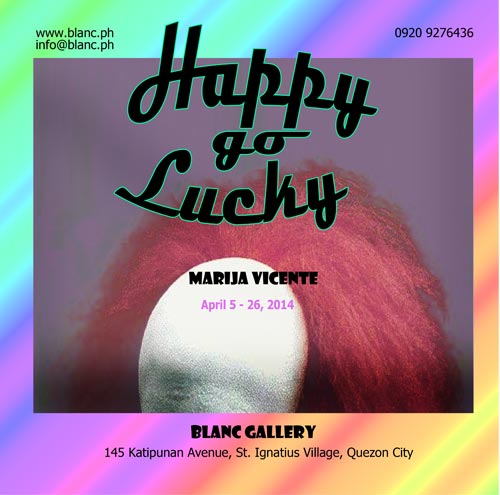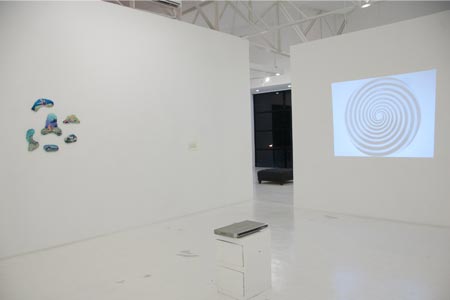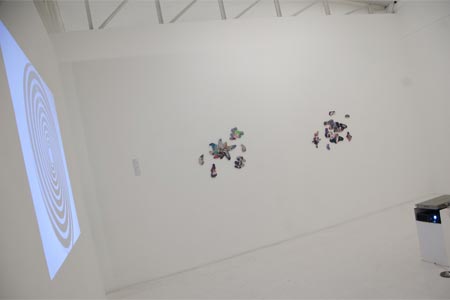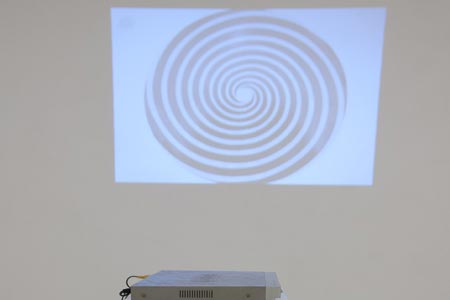Happy Go Lucky
The existence of clowns is a parody on life itself. Their figures, either charming or odd are works of paintings in their own right; they are designed with colors and patterns that give shape to a basic pursuit—to be happy.
Underneath the physical appearance of every clown is also a person bound to their work, to fulfill a duty that is expected from them, a role that needs to be realized. In each responsibility, frustration and struggles can also set in, when they lose touch with their own true essence and duty. Thus, their paradox: clowns are works of art that are also obligated to do their work—to amuse by doing their work badly. It is the same paradox found in painting.
Through painting, Marija Vicente depicts the paradoxes and enigmas of a laid-back approach on Dharmic philosophy—the way of transcendence—to exemplify the desire for enlightenment and transcendence in the company of distraction and fun. As parodies to the existential bout between essence + duty (as described in the way of the Dharma), she uses clowns as a motif, and polyptych, free-flowing panels, to resemble a happy-go-lucky struggle in keeping balance between the two. Inspired by chapter titles taken from a religious book, like “The Sure Way to Know God,” “The Quickest Way to Peace and Bliss,” “What The Senses are Meant For,” and “The sword of remembrance” Marija Vicente links the mysterious with the humorous, the sensuous with the strange, the metaphysical with the bizarre, and the ambitious with the confused —the clown, whose
existence is an embodiment of both happiness and absurdity.
Cocoy Lumbao
WORKS
DOCUMENTATION









